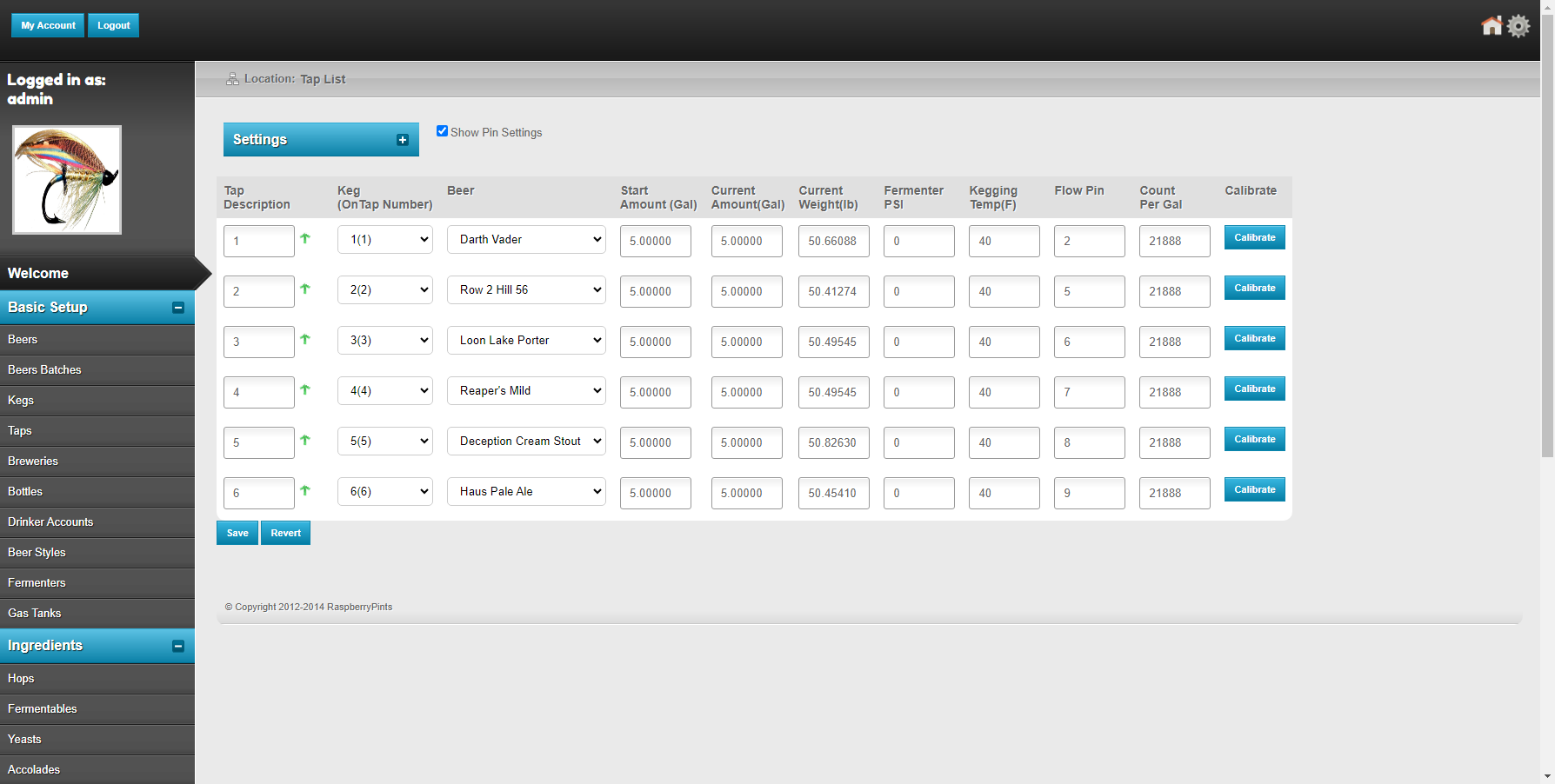DuncB
Well-Known Member
@day_trippr
Thank you very helpful as always.
"It is also recommended to provide each flow meter data circuit with a 2.2Kohm pull-up resistor to 5VDC,"
So yellow data wire I attach the resistor to and then other side of resistor goes to a clean 5V DC or the same wire as the 5V DC powering the flow meter?
The yellow data wire also splits to continue back to the shield?
Close as possible to kegs for the flow meter I'm guessing from your picture.
Thank you very helpful as always.
"It is also recommended to provide each flow meter data circuit with a 2.2Kohm pull-up resistor to 5VDC,"
So yellow data wire I attach the resistor to and then other side of resistor goes to a clean 5V DC or the same wire as the 5V DC powering the flow meter?
The yellow data wire also splits to continue back to the shield?
Close as possible to kegs for the flow meter I'm guessing from your picture.








![Craft A Brew - Safale BE-256 Yeast - Fermentis - Belgian Ale Dry Yeast - For Belgian & Strong Ales - Ingredients for Home Brewing - Beer Making Supplies - [3 Pack]](https://m.media-amazon.com/images/I/51bcKEwQmWL._SL500_.jpg)





















































